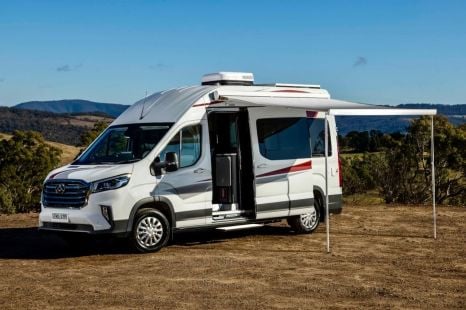

Ben Zachariah
2026 LDV Deliver 9 campervan released with sharp pricing
4 Hours Ago
A smidgen under 1.05 million new cars were counted as sold during a turbulent 2021, up 14.5 per cent. But supply issues are still a factor.

Senior Contributor
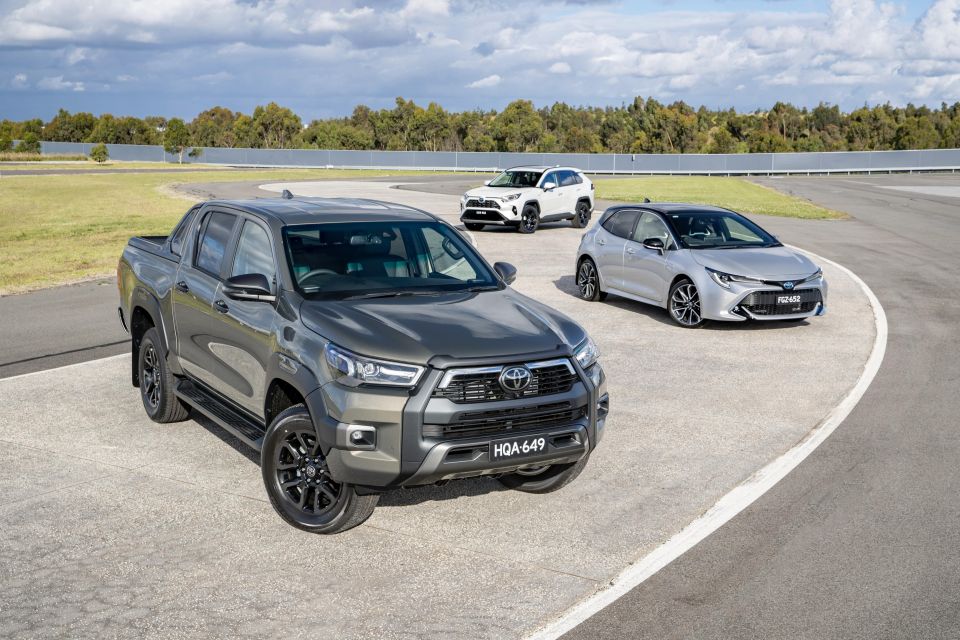

Senior Contributor
New vehicle sales in Australia climbed 14.5 per cent in 2021 over 2020, despite ongoing supply shortages leading to wait times and limited opportunities for discounts.
The Federal Chamber of Automotive Industries (FCAI) today said 1,049,831 new vehicles were counted as sold for the calendar year, up from 916,968 during the interrupted 2020.
In brief:
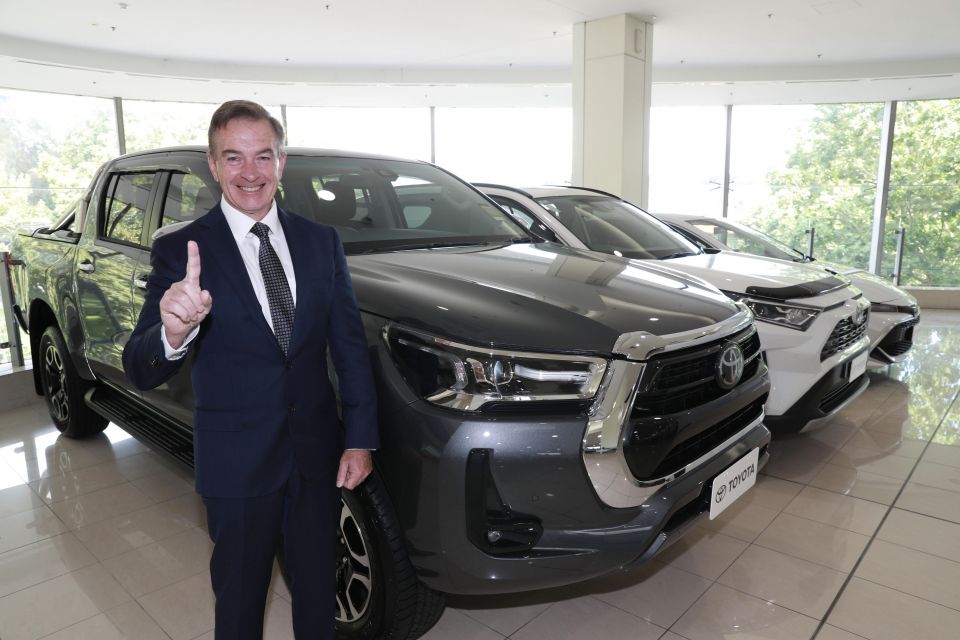
Toyota was the top-selling brand for the 25th straight year, and the HiLux was the nation’s top-selling vehicle for the sixth year in a row. Toyota also made the top-selling passenger vehicle (Corolla) and SUV (RAV4) in market.
Toyota has been market leader in 1991-94, 1998, 2000 and every year since 2003. It has also been the leader in commercial vehicles since 1979 – an unbroken run of 43 years.
In fact, Toyota products topped nine different market segments (Small Car, Medium Car, Medium SUV, Large SUV, Upper Large SUV, Light Buses, Medium Buses, Vans 2.5-3.5t, and 4×4 Utes), further showing its dominance.
Second was Mazda, up 18.1 per cent with 101,119 sales, making it the only other OEM to hit above 100,000 annual sales.
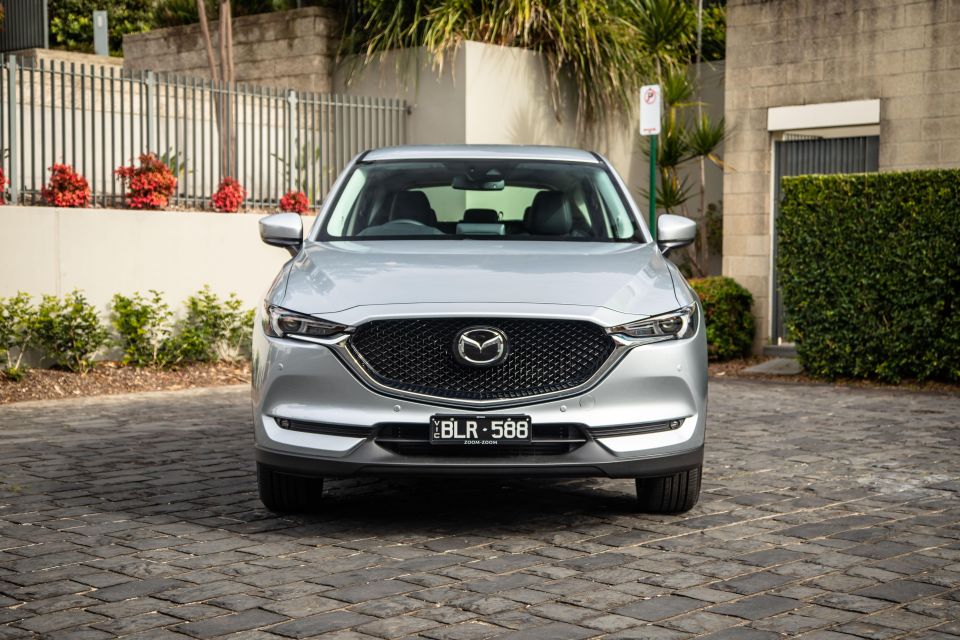


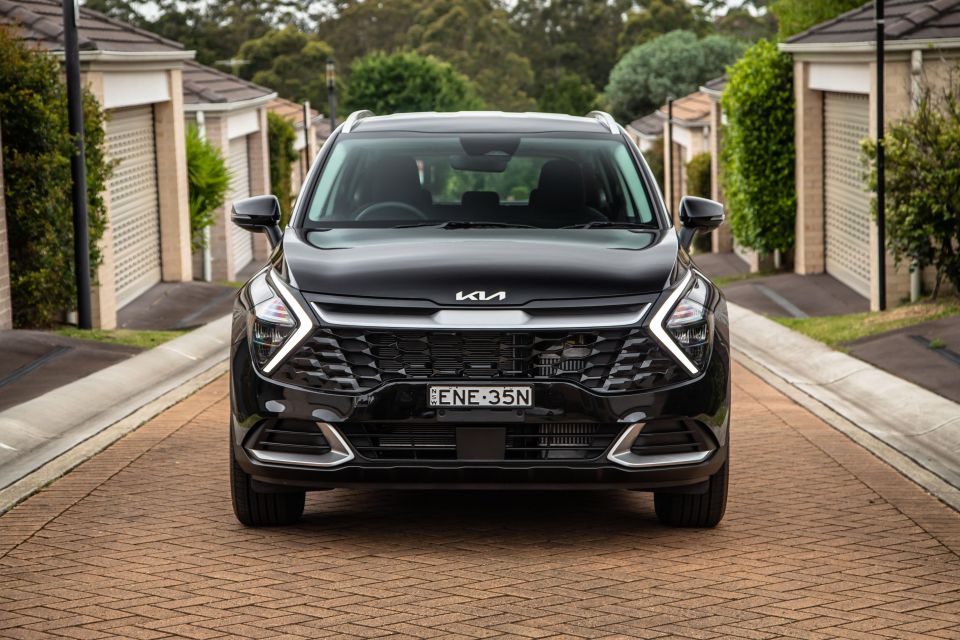
Hyundai snared third with 72,872, just edging Ford (71,380) into fourth. The two brands grew respectively by 12.4 and 19.8 per cent. Rounding out the top five was Kia on 67,964, up 21.2 per cent – meaning the number-two Korean brand got pretty close to knocking off its Hyundai sibling.
Positions six to 10 on the list were occupied by Mitsubishi (67,730, up 16.1 per cent), Nissan (41,263, up 7.7 per cent), Volkswagen (40,770, up 3.8 per cent), MG (39,025, up 155.9 per cent, becoming the first Chinese brand to make the top 10), and Subaru (37,015, up 17.5 per cent).
Knocking on the door were Isuzu Ute (35,735 sales, up 61.6 per cent), luxury leader Mercedes-Benz (33,034 sales, down 8.8 per cent including both passenger and commercials), BMW (24,891, up 5.8 per cent), Great Wall Motor – GWM and Haval – (18,384 sales, up a staggering 251.2 per cent from a low base), and Honda (17,562, down 39.5 per cent in a poor return).
Smaller-volume car makers that grew at a greater rate than the overall market included LDV (up 62.9 per cent), Skoda (up 39.0 per cent), Volvo (up 17.2 per cent), Jeep (up 35.0 per cent), Ram Trucks (up 21.2 per cent), SsangYong (up 70.1 per cent), Peugeot (up 31.8 per cent), and Genesis (up 220.5 per cent).


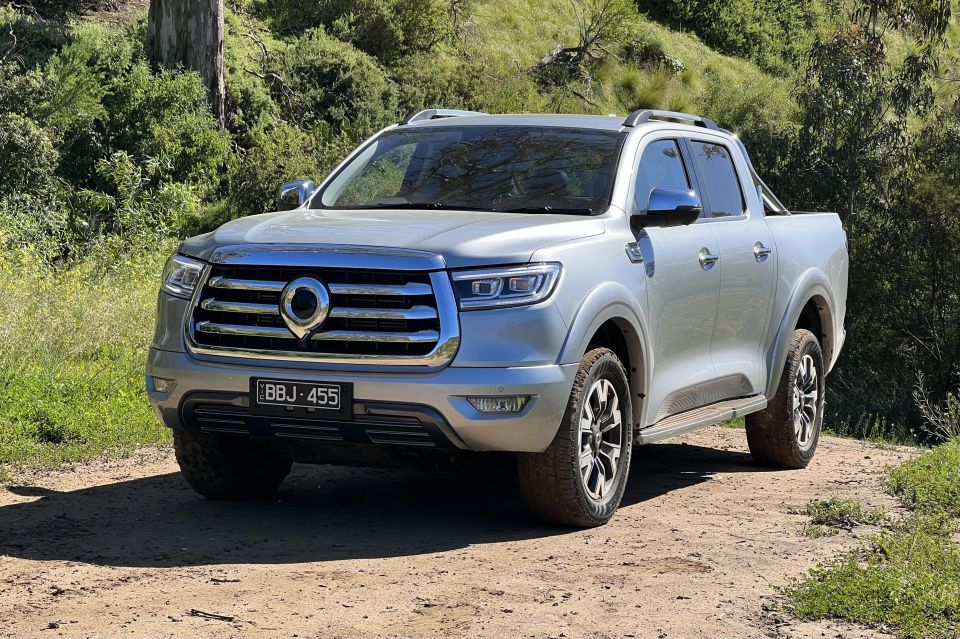

| BRAND | SALES | CHANGE |
|---|---|---|
| Toyota | 223,642 | Up 9.2% |
| Mazda | 101,119 | Up 18.1% |
| Hyundai | 72,872 | Up 12.4% |
| Ford | 71,380 | Up 19.8% |
| Kia | 67,964 | Up 21.2% |
| Mitsubishi | 67,732 | Up 16.1% |
| Nissan | 41,263 | Up 7.7% |
| Volkswagen | 40,770 | Up 3.8% |
| MG | 39,025 | Up 155.9% |
| Subaru | 37,015 | Up 17.5% |
| Isuzu Ute | 35,735 | Up 61.6% |
| Mercedes-Benz | 33,034 | Down 8.8% |
| BMW | 24,891 | Up 5.8% |
| GWM Haval | 18,384 | Up 251.2% |
| Honda | 17,562 | Down 39.5% |
| Suzuki | 17,468 | Up 12.1% |
| Audi | 16,003 | Up 0.9% |
| LDV | 15,188 | Up 62.9% |
| Lexus | 9,290 | Up 5.0% |
| Skoda | 9,185 | Up 39.0% |
| Volvo Car | 9,028 | Up 17.2% |
| Jeep | 7,762 | Up 35.0% |
| Renault | 7,099 | Up 2.8% |
| Land Rover | 6,459 | Up 1.9% |
| Porsche | 4,428 | Up 4.4% |
| Ram Trucks | 4,025 | Up 21.2% |
| Mini | 3,579 | Up 15.3% |
| SsangYong | 2,978 | Up 70.1% |
| Peugeot | 2,805 | Up 31.8% |
| Chevrolet GMSV | 2,118 | Up >999% |
| Fiat | 2,016 | Up 36.2% |
| Jaguar | 1,222 | Down 7.8% |
| Genesis | 734 | Up 220.5% |
| Alfa Romeo | 618 | Down 15.8% |
| Maserati | 560 | Up 19.9% |
| Bentley | 219 | Up 32.7% |
| Ferrari | 194 | Down 5.4% |
| Citroen | 175 | Down 13.8% |
| Chrysler | 170 | Down 22.0% |
| Aston Martin | 140 | Up 52.2% |
| Lamborghini | 131 | Up 18.0% |
| McLaren | 88 | Up 39.7% |
| Lotus | 71 | Up 20.3% |
| Rolls-Royce | 48 | Up 14.3% |
| Alpine | 28 | Up 300.0% |
| Morgan | 3 | Down 50.0% |
| Caterham | 1 | No change |
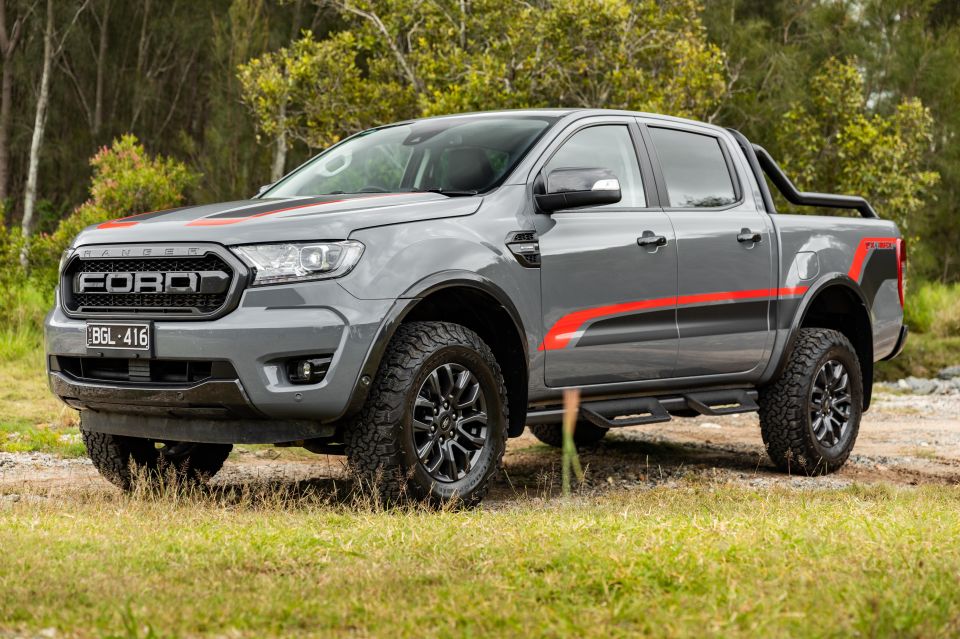
Nipping at the HiLux’s heels for top spot was the Ford Ranger, in the outgoing model’s final sales year head of the new model due during 2022. The Ford’s 4×4 sales also topped the HiLux 4×4’s haul (45,986 versus 39,587).
Third overall was the Toyota RAV4, about three-quarters of which were hybrids. Even with current wait lists averaging 11-12 months, sales are simply not abating.
Next spots were occupied by two small cars: the Toyota Corolla and its Hyundai i30 nemesis.
Here’s a list of the top 20:
| MODEL | SALES |
|---|---|
| Toyota HiLux | 52,801 |
| Ford Ranger | 50,279 |
| Toyota RAV4 | 35,751 |
| Toyota Corolla | 28,768 |
| Hyundai i30 | 25,575 |
| Isuzu D-Max | 25,117 |
| Mazda CX-5 | 24,968 |
| Toyota Prado | 21,299 |
| Mitsubishi Triton | 19,232 |
| MG ZS | 18,423 |
| Kia Cerato | 18,114 |
| Mazda BT-50 | 15,662 |
| Nissan Navara | 15,113 |
| Mitsubishi ASX | 14,764 |
| Mitsubishi Outlander | 14,572 |
| Toyota L’Cruiser Wagon | 14,356 |
| Hyundai Tucson | 14,194 |
| Mazda 3 | 14,126 |
| Nissan X-Trail | 13,860 |
| MG 3 | 13,774 |

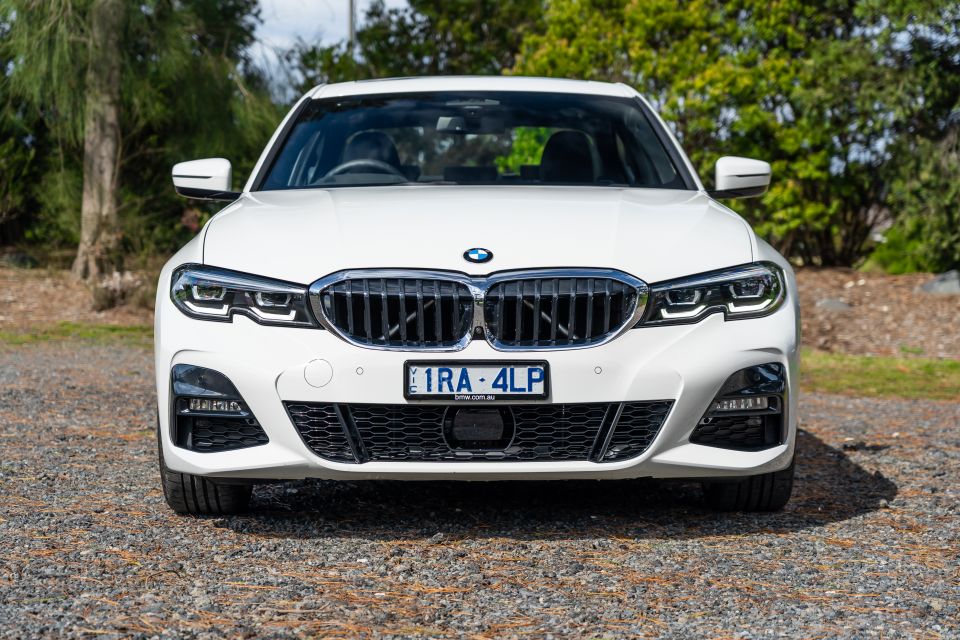
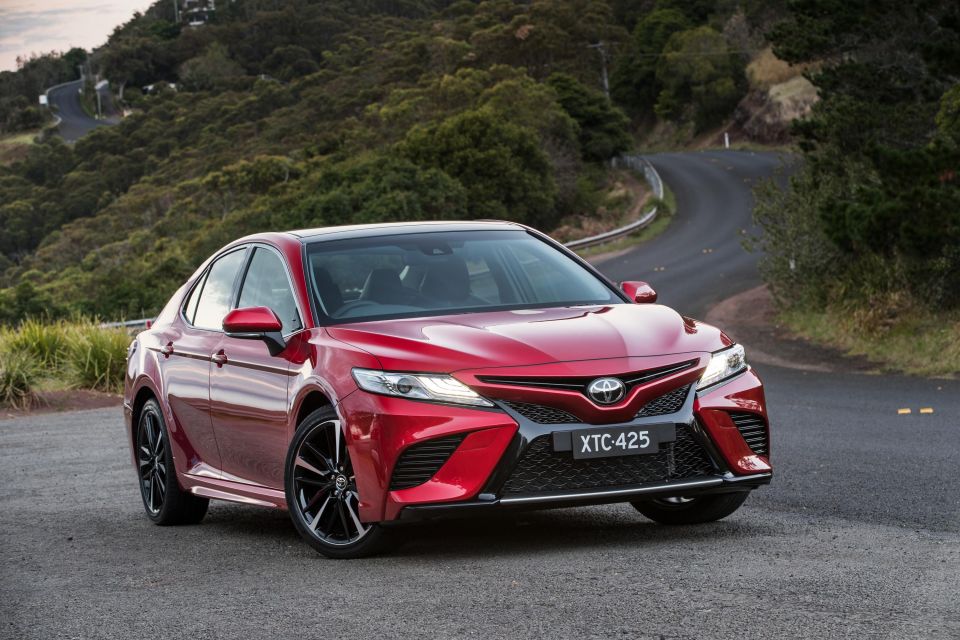

We can also identify the most popular models in each vehicle segment.

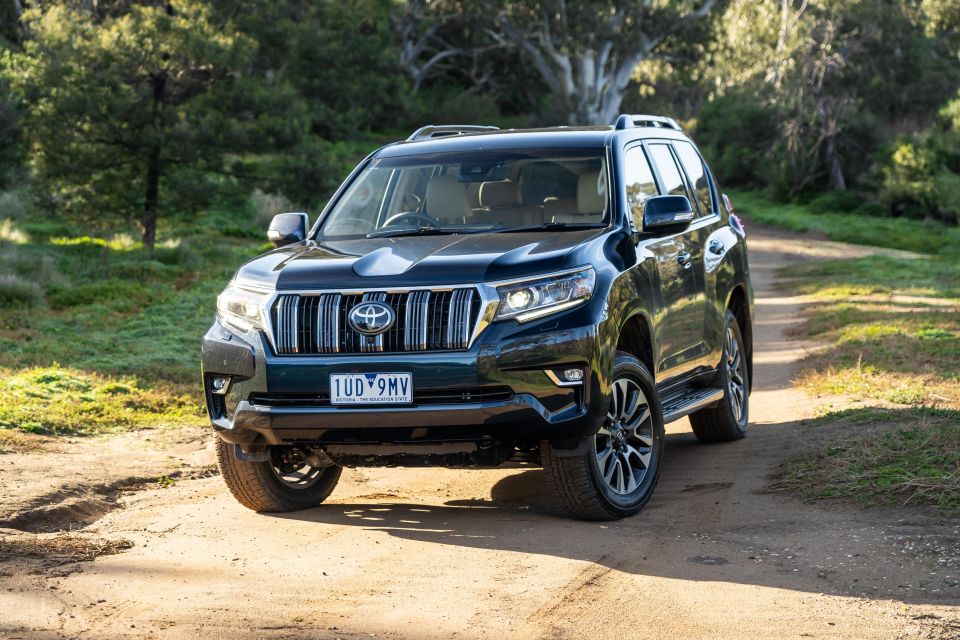
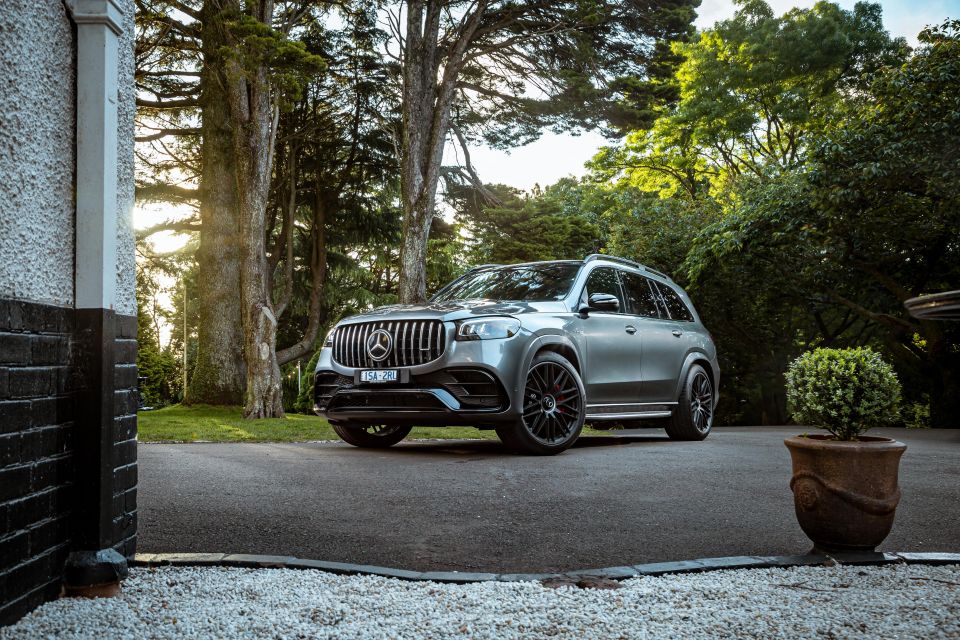

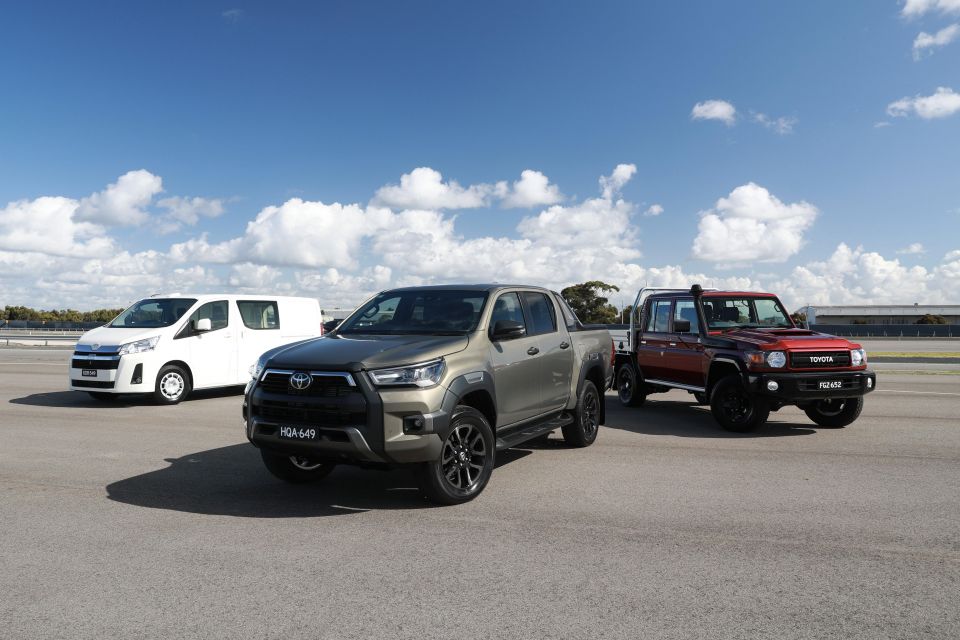
FCAI chief executive Tony Weber said that in the context of pandemic restrictions limiting access to dealerships and international supply issues due to semiconductor shortages, the new vehicle market in Australia “remains positive”.
“Despite the pandemic restricting access to showrooms in 2021, Australian consumers found ways to purchase new vehicles and did so in solid numbers,” Mr Weber said.
“The global shortage of microprocessors, compounded by the pandemic, had an impact on the number of cars sold throughout Australia. Automotive manufacturers are continuing to work to strengthen supply chains in 2022.”
That said, market leader Toyota confirmed today that it wouldn’t see freer supply until the second quarter of the calendar year.
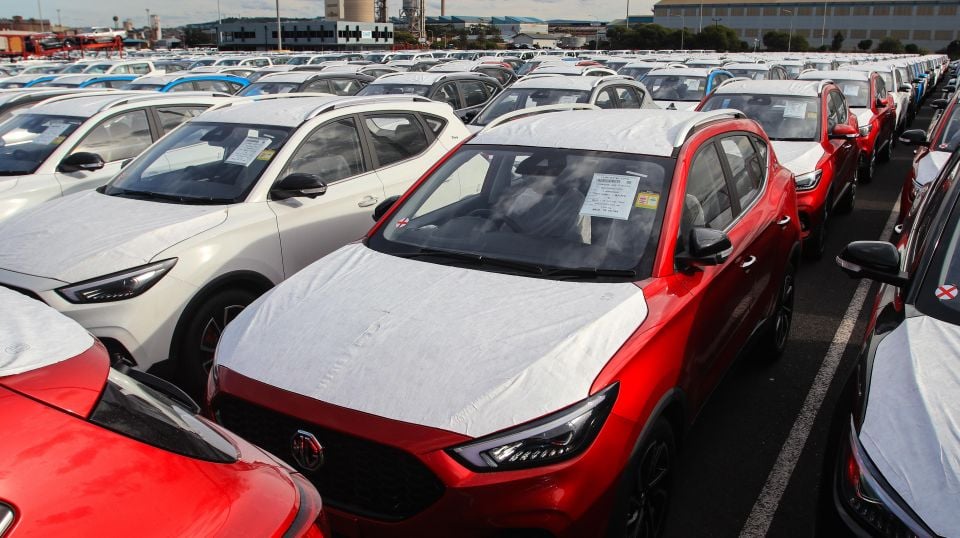
Sales by region
Category breakdown
Top segments by market share
Sales by buyer type
Sales by propulsion or fuel type
Sales by country of origin
Got any questions about car sales? Ask away in the comments and I’ll jump in!


Ben Zachariah
4 Hours Ago
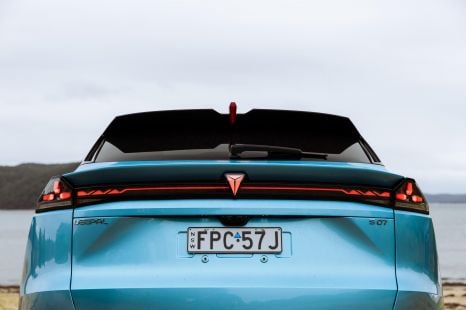

William Stopford
5 Hours Ago
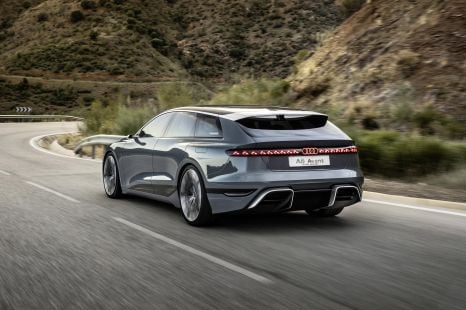

Derek Fung
6 Hours Ago
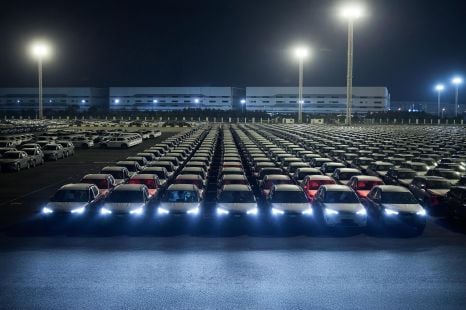

Alborz Fallah
6 Hours Ago
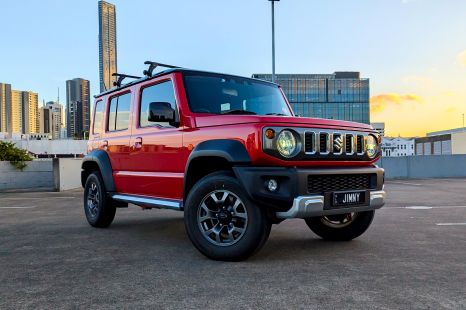

William Stopford
13 Hours Ago
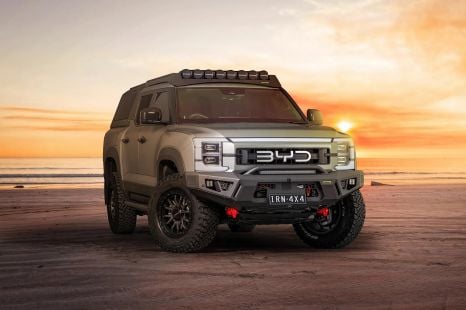

William Stopford
21 Hours Ago